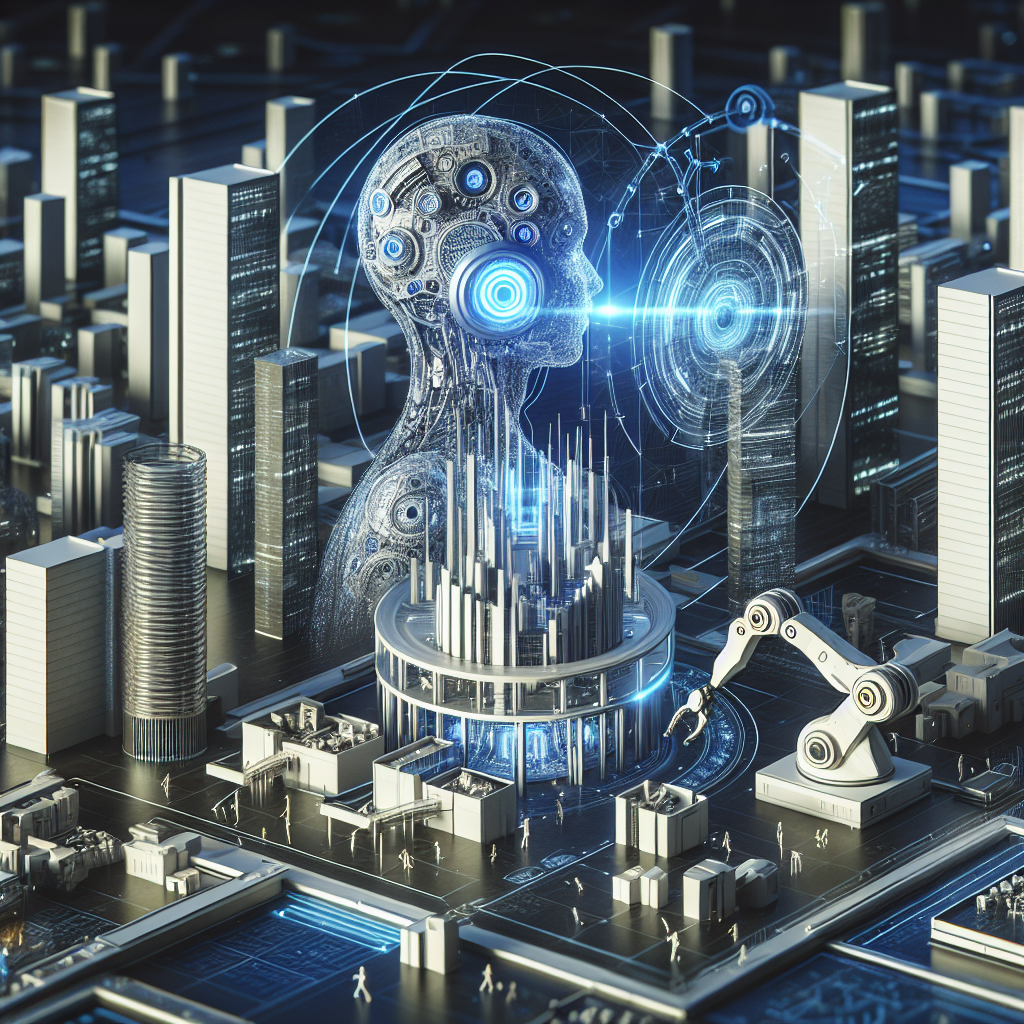AI in Architecture: Balancing Creativity and Efficiency
Artificial Intelligence (AI) has been revolutionizing various industries, and the field of architecture is no exception. With the advancement of AI technology, architects are now able to harness the power of machine learning algorithms to streamline their design process, enhance creativity, and improve efficiency. However, as with any new technology, there are challenges and considerations that architects must keep in mind to strike a balance between creativity and efficiency when using AI in architecture.
Creativity in Architecture
Creativity is the cornerstone of architectural design. It involves the ability to think outside the box, push boundaries, and come up with innovative solutions to design challenges. Traditionally, architects rely heavily on their intuition, experience, and artistic vision to create buildings that not only meet the functional requirements but also evoke emotions and inspire awe.
AI can enhance creativity in architecture by providing architects with tools and insights that can help them explore new design possibilities, analyze complex data sets, and generate design alternatives. For example, AI-powered generative design tools can automatically generate and evaluate hundreds or even thousands of design options based on input parameters such as site conditions, building codes, and user preferences. This allows architects to quickly explore different design concepts and find the best solution that meets the project requirements.
Efficiency in Architecture
Efficiency is another crucial aspect of architectural design. In a fast-paced industry where projects are often constrained by tight deadlines and budgets, architects need to find ways to optimize their workflow, reduce errors, and improve productivity. AI can help architects achieve these goals by automating repetitive tasks, analyzing large amounts of data, and providing real-time feedback on design decisions.
For example, AI-powered software can help architects streamline the design process by automatically generating floor plans, optimizing building layouts, and calculating structural loads. This not only saves time but also reduces the risk of human error, ensuring that the final design is accurate and compliant with regulations. Additionally, AI can analyze environmental data such as solar radiation, wind patterns, and daylighting to help architects design buildings that are energy-efficient and sustainable.
Balancing Creativity and Efficiency
While AI offers numerous benefits to architects, there is a fine line between using technology to enhance creativity and relying too heavily on algorithms to drive design decisions. Architects must strike a balance between leveraging AI tools to streamline their workflow and maintaining their creative vision and design intuition.
One way to achieve this balance is to view AI as a tool rather than a replacement for human creativity. Architects should use AI as a means to augment their design process, not dictate it. By combining the strengths of AI technology with their artistic sensibilities, architects can leverage the best of both worlds to create innovative and efficient designs.
Furthermore, architects should continuously challenge themselves to think critically, experiment with new ideas, and push the boundaries of design. AI can provide architects with valuable insights and suggestions, but it is ultimately up to the architect to make the final design decisions based on their expertise and artistic vision.
FAQs:
Q: How can AI enhance creativity in architecture?
A: AI can enhance creativity in architecture by providing architects with generative design tools that can automatically generate and evaluate design options, analyze complex data sets, and suggest innovative solutions to design challenges.
Q: What are some examples of AI-powered tools in architecture?
A: AI-powered tools in architecture include generative design software, parametric modeling tools, and environmental analysis programs that can help architects optimize their design process, improve efficiency, and create sustainable buildings.
Q: How can architects strike a balance between creativity and efficiency when using AI?
A: Architects can strike a balance between creativity and efficiency by using AI as a tool to augment their design process, not dictate it. By combining the strengths of AI technology with their artistic sensibilities, architects can create innovative and efficient designs.
Q: What are the challenges of using AI in architecture?
A: Some challenges of using AI in architecture include the risk of relying too heavily on algorithms to drive design decisions, the need for architects to continuously challenge themselves to think critically and experiment with new ideas, and the importance of maintaining a balance between creativity and efficiency.
In conclusion, AI has the potential to revolutionize the field of architecture by enhancing creativity, improving efficiency, and providing architects with valuable insights and tools to create innovative and sustainable designs. By striking a balance between leveraging AI technology and maintaining their creative vision, architects can harness the power of AI to push the boundaries of architectural design and create buildings that inspire and delight.

